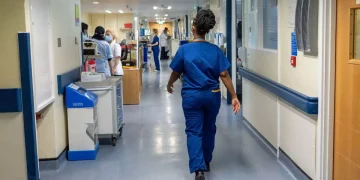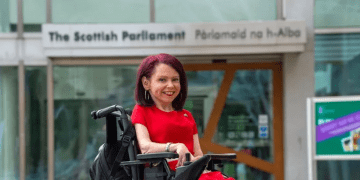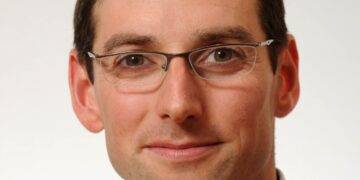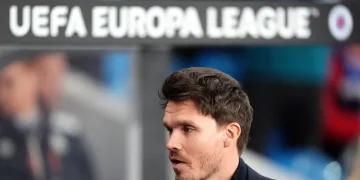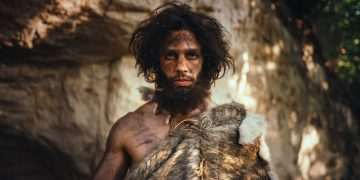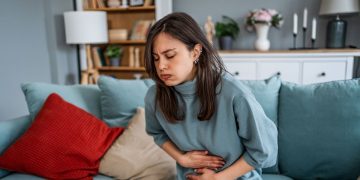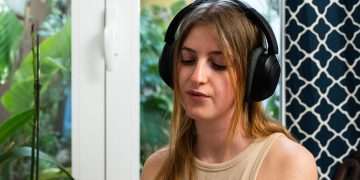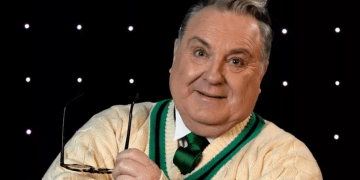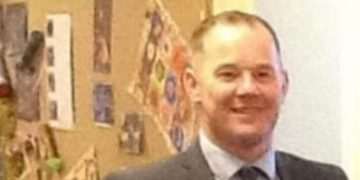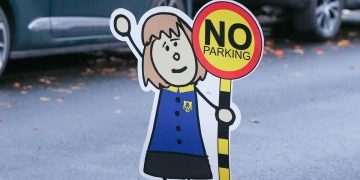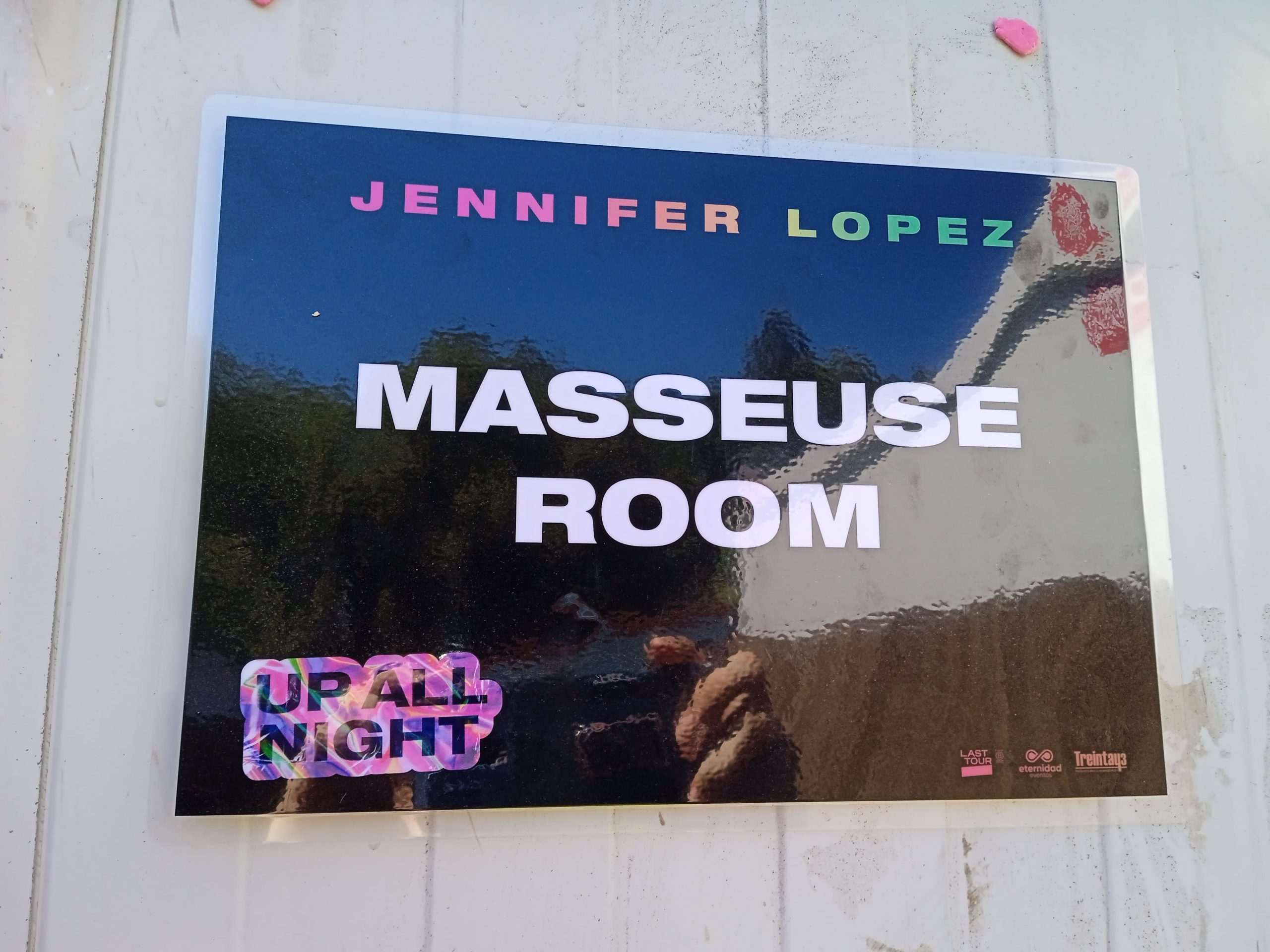
Interview with José Antonio Sánchez, therapist to celebrities, former RC Celta de Vigo staff member, and director of the Escuela Europea Parasanitaria
When Jennifer López took the stage in Pontevedra, Spain, few imagined that her physical wellness — and that of her team — was in the hands of José Antonio Sánchez, a seasoned expert in chiromassage and natural therapies. With nearly 30 years of professional experience, Sánchez was selected to provide tailored therapeutic support during the singer’s time in Galicia. Formerly part of the RC Celta de Vigo medical team, he now leads the renowned Escuela Europea Parasanitaria (ESPS), a top-tier natural therapies school in Spain.
How did such a unique opportunity to work with Jennifer López come about?
The request came in quite discreetly, as is typical with these kinds of projects. The connection was made through Ruth Beltrán from Belmu Masajes in Santiago de Compostela — a former student of mine who had already collaborated with artists like Green Day. It all stemmed from mutual trust. I met the profile they needed, and they believed I was the right fit. Beyond the prestige of working with a star like Jennifer López, what stood out to me was the team’s professionalism and kindness.
Is it daunting to care for someone as globally recognized as her?
There’s definitely a level of excitement, but after so many years in this profession, staying focused is key. I’ve treated plenty of athletes and public figures. While Jennifer López is a global icon, my approach remains consistent: to treat everyone with dedication, care, and professionalism. On a lighter note, I joked with my daughter that I’ve now worked on two Grammy winners — the other being José Manuel Pinto “Wahin”. Over the years, I’ve also had the chance to care for royals, TV personalities, and other celebrities.
Reflecting on your career, what stands out most?
I started close to 30 years ago, offering massage therapy in spas and ski resorts. Eventually, I transitioned into sports — working with teams like RC Celta de Vigo, the Galician national team, Pontevedra CF, and even international projects in places like Porto. I’ve also done humanitarian work in Africa and provided training or care in countries such as Germany, Portugal, and the Netherlands. Balancing my clinical work with teaching and being a father has always been important, even if it means declining some global opportunities.
You’re also well known for your background in naturopathy. How did that path begin?
Interestingly, my journey started with natural medicine. I first learned from older practitioners and developed an early fascination with medicinal plants. As a child, I remember doing a school project in Galician with help from my grandmother María. That curiosity led me to formal study in both naturopathy and manual therapies.
You’ve published many books. Is there one you particularly recommend?
[Laughs] Well, all of them — depending on what the reader is looking for. Most of my work focuses on naturopathy and manual techniques. For instance, the Diccionario de Plantas Medicinales is now in its fourth edition. The Guía de Herbodietética is more of a professional tool, just like my manuals on taping, massage protocols, iridology, Knap points, osteopathy, and baby massage (Shantala). My five-volume naturopathy encyclopedia exceeds 1,000 pages. Some titles like Anatomía para terapias naturales or Limpia tu intestino de mierda are more accessible to a general audience. I’ve also produced five educational posters, including Emotions Affect Our Gut Flora: Psychodysbiosis, which I presented at a 2017 international conference in Santiago de Compostela. Altogether, I’ve authored 14 books and 5 posters — all before AI took over! [laughs].
Your school, the Escuela Europea Parasanitaria, offers university diplomas. How does that benefit students?
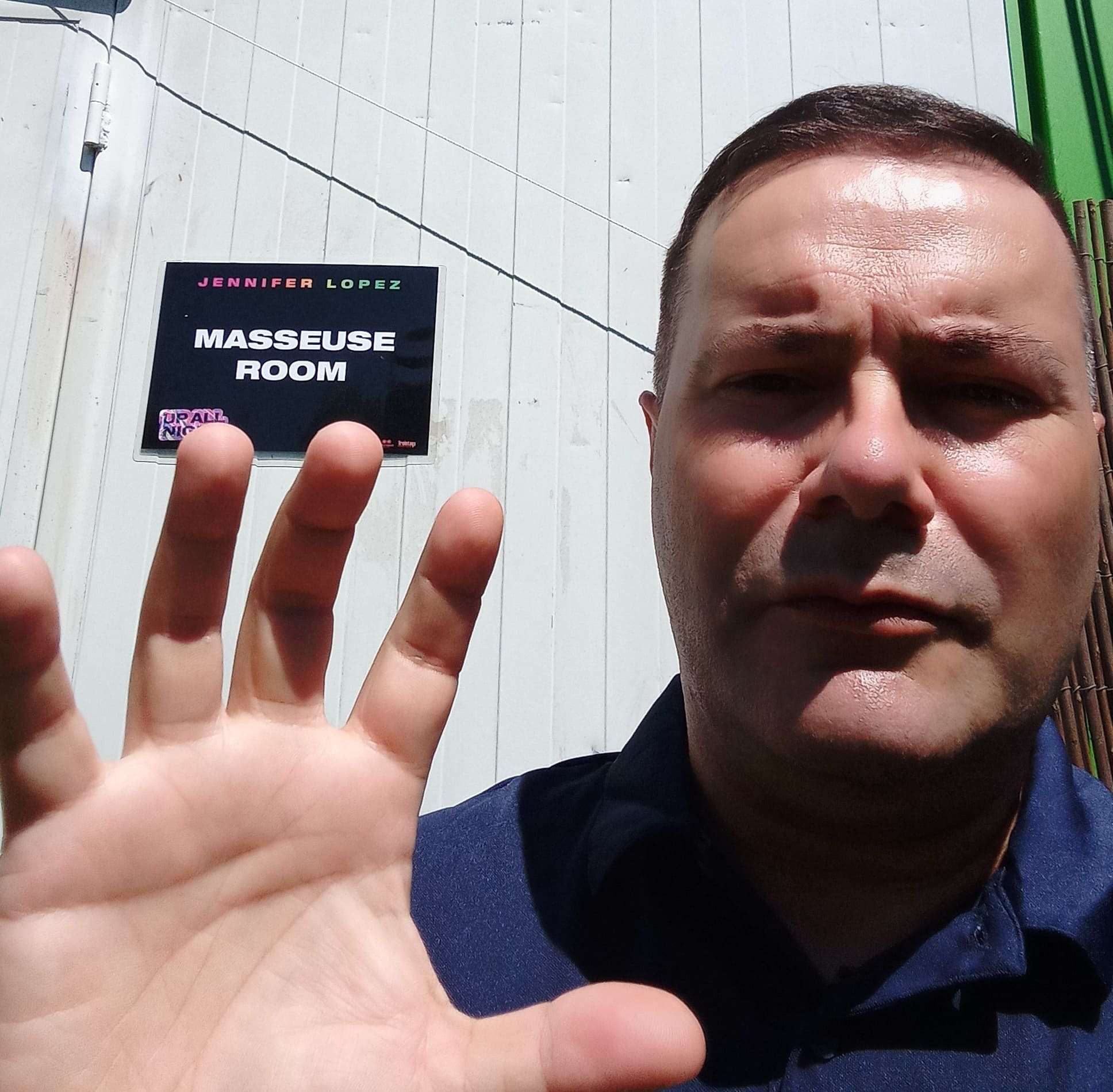
When I founded the Escuela Europea Parasanitaria (ESPS) in 2005, having university-level diplomas seemed like a far-off dream. But we’ve always prioritized high educational standards to prepare competent professionals, regardless of varying regulations across countries. Now that we offer certifications through up to three universities, we’ve reached a new level of academic and international recognition.
The school has expanded abroad. How did that happen?
What started in Pontevedra with a vision of high-quality training has now grown to locations like Vigo, Santiago, and A Coruña. We’ve also built partnerships in over 11 countries: Spain, Portugal, Bolivia, Thailand, Senegal, Gambia, the UK, Germany, China, Mexico, and Venezuela. Still, the heart of the project lies in the people — students, teachers, and patients who make it all worthwhile.
What teaching principles do you find essential?
Teaching techniques is just one part — I also emphasize values like humility, respect for others, and ethical practice. You can see when someone has a true calling. It moves me to see my former students succeeding around the world and knowing that I played a small role in their journey.
Do you see a strong future for natural therapies?
Absolutely. There’s a growing global focus on holistic wellness, and complementary therapies are gaining respect. As long as they are practiced responsibly, professionally, and within legal frameworks, they have an important place in modern health systems.
After working in such high-profile settings, what stays with you the most?
The lessons learned and the satisfaction of contributing to a team striving for excellence. It’s not just about applying a technique — it’s about becoming part of a greater system. I see it as a quiet responsibility that brings deep fulfillment.





